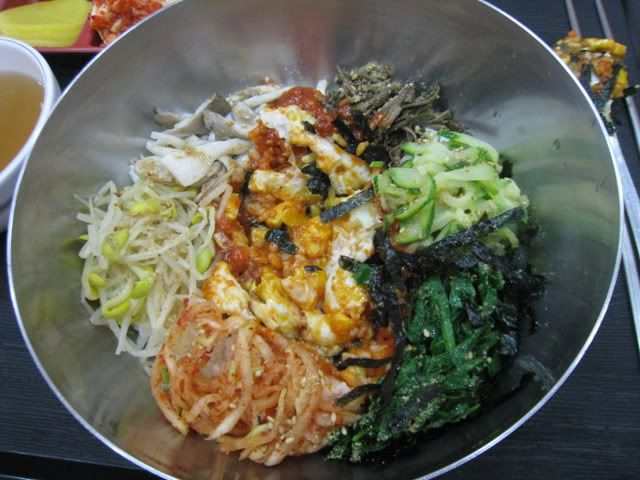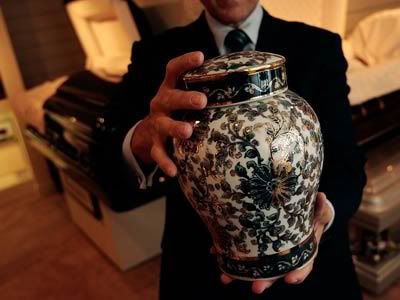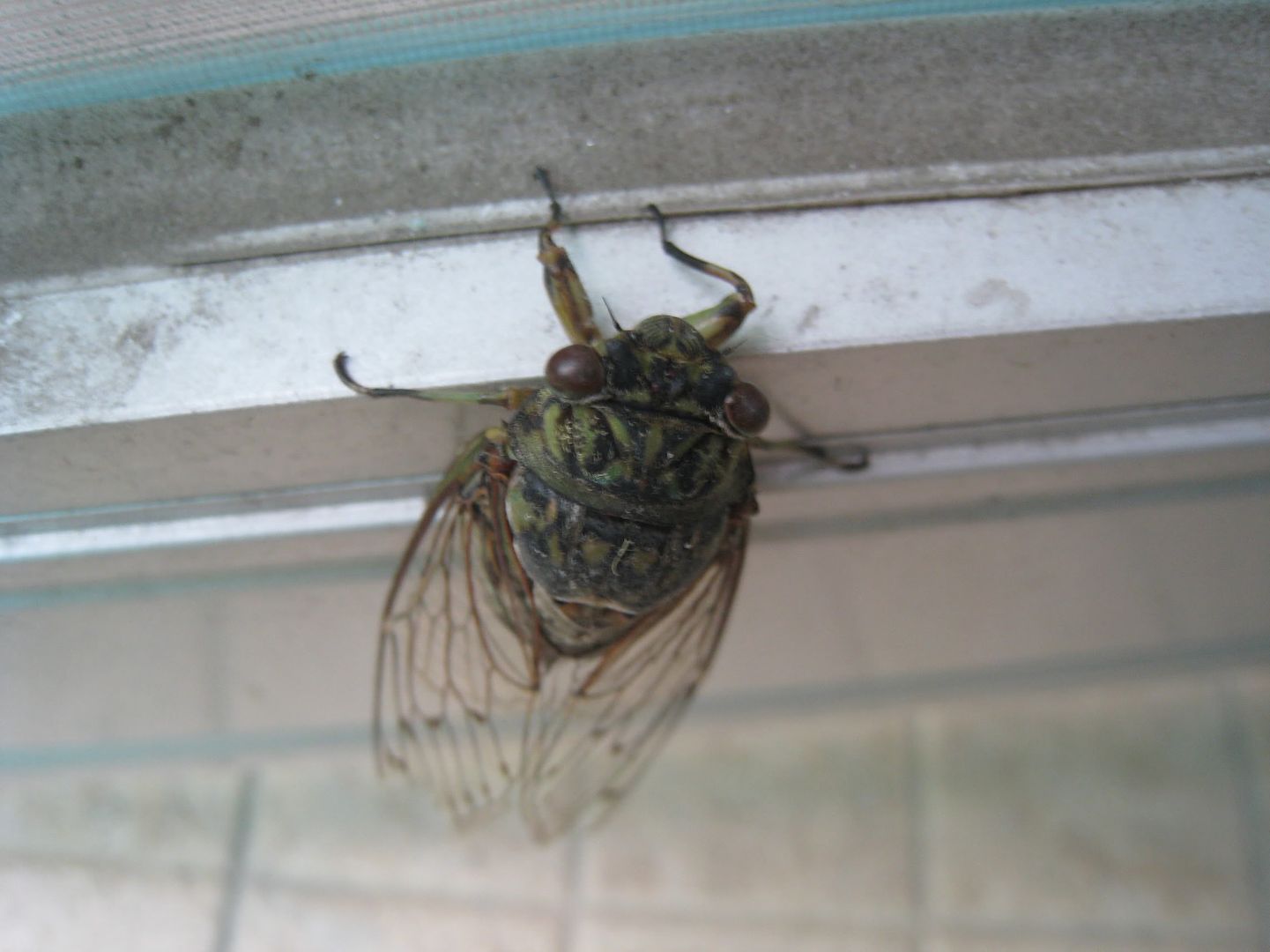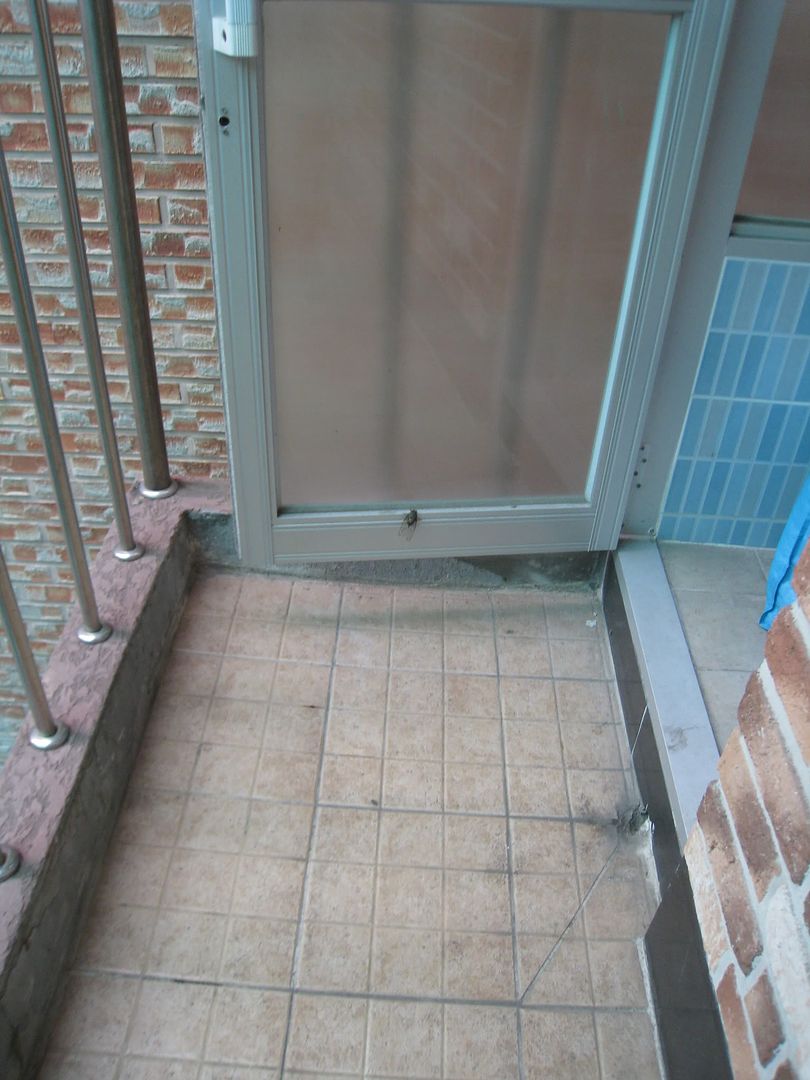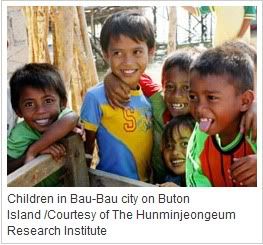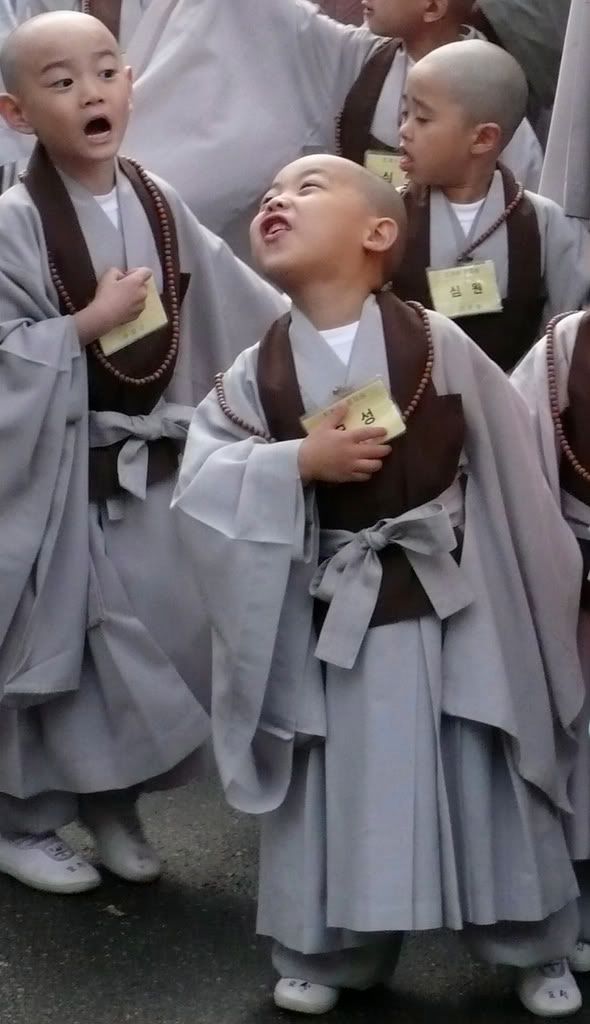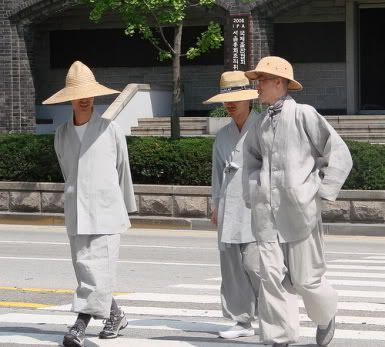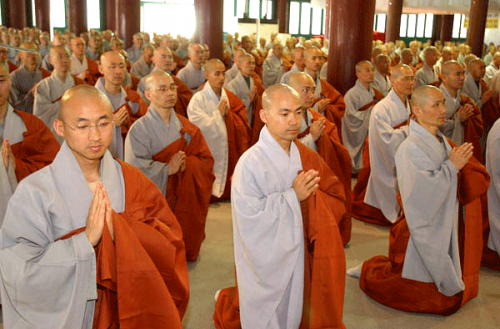Korea has had a long history. Starting from 2,333 B.C, this section follows the history of Korea from the prehistoric age to the present.
 The Prehistoric Age
The Prehistoric AgeArchaeological findings have indicated that the first settlements on the Korean Peninsula occurred 700,000 years ago.
Gojoseon (2333 - 108 B.C)According to legend, the mythical figure Dan-gun founded Gojoseon, the first Korean Kingdom, in 2333 B.C. Subsequently, several communities moved from the southern part of Manchuria to the Korean Peninsula.
The Three Kingdoms Period (57 B.C. - A.D. 676)The Three Kingdoms refers to a period of time (early 4th to mid-7th centuries AD) marked by the struggle of three rival kingdoms: Goguryeo, Baekje, and Silla over the territory spanning the Korean peninsula and part of Northeastern Asia.
GoguryeoAn ancient state of the Korean peninsula, Goguryeo occupied the largest territory among the Three Kingdoms. Founded in 37 BC, Goguryeo prospered on a vast area encompassing the northern part of the Korean peninsula and south-central Manchuria. The kingdom expanded its territory in fierce battles against Chinese kingdoms, but fell to an alliance of Silla and Tang forces in 668 AD.
SillaOne of the ancient states of the Three Kingdoms, Silla originated in the southeastern part of the Korean peninsula. The kingdom lasted for 992 years, from 57 BC to 935 AD. It conquered Baekje and Goguryeo, one after the other, by joining forces with the Tang Empire of China. Following the unification of the Three Kingdoms, The Tang Empire was no longer an ally, but an invader. Hence, Silla joined forces with the people of Goguryeo and Baekje to drive out Tang forces, and founded the first unified state in the history of Korea in the territory south of the Daedonggang River and Wonsanman.
BaekjeOne of the three ancient kingdoms, Baekje (18 BC-660 AD) was founded by King Onjo, the son of the King of Goguryeo, in the southwestern part of the Korean peninsula. The kingdom witnessed the florescence of the elegant and delicate Baekje culture, which in particular greatly affected Japanese culture. In 660 AD, Baekje was defeated by the coalition troops of Silla and Tang of China.
The Unified Silla Kingdom and Balhae
The Unified Silla Kingdom (676-935)The Unified Silla Kingdom promoted the development of culture and arts. Buddhism was at its peak during this period. The Unified Silla Kingdom declined because of contention for supremacy among the noble classes, and was annexed by Goryeo in 935.
Balhae(698-926)
The Balhae Kingdom began to emerge just as the Goguryeo kingdom was on the verge of collapsing. Goguryeo General, Dae Joyeong founded Balhae along with his army of displaced peoples. At one point, Balhae became so powerful that it was able to acquire territories in northern and eastern parts of China. At those times, the Tang Dynasty of China referred to Balhae as 'the strong country by the sea in the east.' The significance of the Balhae Kingdom is greatly inherited from Goguryeo, including the land that it was able to retrieve.
 The Goryeo Dynasty (918 - 1392)
The Goryeo Dynasty (918 - 1392)The Goryeo Dynasty was established in 918. Buddhism became the state religion during this time and greatly influenced politics and culture. Famous items produced during this time include Goryeo celadon and the Tripitaka Koreana.
Jikjisimgyeong, Buddhist scripture printed with the world's first movable metal type developed in Korea during the Goryeo Dynasty, is at least 78 years older than the first Gutenberg Bible.
The Goryeo Dynasty's supremacy decreased gradually in the latter half of the 14th century.
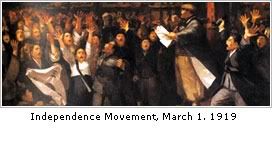 The Joseon Dynasty (1392 - 1910)
The Joseon Dynasty (1392 - 1910)The Joseon Dynasty came to power at the end of the 14th century. Confucianism became the state ideology and exerted a massive influence over the whole of society. The Joseon Dynasty produced Hangeul, the Korean alphabet, which was invented in 1443 by King Sejong. Starting with the Japanese invasion in 1592, invasions from foreign groups caused the decline of the Joseon Dynasty. More info:
1. The Early Joseon Dynasty The Japanese Colonial Period (1910 - 1945)
In 1876, the Joseon Dynasty was forced to adopt an open-door policy regarding Japan. The Japanese annexation of Korea began in 1910, and continued to be under Japanese colonial rule until the surrender of Japan in 1945, which ended World War II.
2. The Late Joseon Dynasty Establishment of the Korean Government (1945-1948)
Korea was liberated from Japanese oppression on August 15, 1945, but it soon faced the tragic division of the North and South along the 38th parallel. Both regions were placed under temporary military rule by the U.S. and Soviet armies. In 1948 with the help of the United Nations, South Korea held an election on May 10th and elected Dr. Rhee Syngman president. On August 15th of that same year, an official declaration was made about the birth of the South Korean government. On the other hand, North Korea formed the Provisional People's Committee for North Korea, led by Kim Il-sung, on February 1946 and on September 9, 1948, the Democratic People's Republic of Korea was officially founded.
The Korean War (1950-1953)In the early hours of June 25, 1950, North Korea attempted a forcible unification of the two Koreas by invading South Korea and stepping over the 38th parallel. In response, military help from over 16 nations helped defend South Korea against the threat of communism under the leadership of General Douglas MacArthur. China and the Soviet Union lent their military might to North Korea. The war raged on for over 3 years until a peace agreement was signed at Panmunjeon on July 27, 1953. Not only did the war ravage the peninsula, it heightened hostile sentiments between the North and South making reunification problematic.
 The Governments After the War (1954-Now)
The Governments After the War (1954-Now)
The Rhee Syngman government focused on an anti-communist approach to government in 1954, but in 1960 the government collapsed under heavy anti-government student demonstrations on April 19.
In a military coup, Park Chung-hee took office in 1963. He ruled with an iron fist for the next 17 years. He started his 'Saemaeul Undong' (New Community Movement) campaign in an effort to modernize Korea. Though it brought about rapid modernization and economic returns, his regime pushed back the democracy and human rights movement. And with an increasingly disatisfied constituency over his harsh policies and extended rule, Park Chung-hee's life ended in an assassination 9 years later.
The country went on to see more progress in the subsequent years. In 1988, Roh Tae-Woo came to office. His government hosted the 1988 Seoul Olympics and introduced Korea into the UN in 1991.
The next president, Kim Dae-Jung won the Nobel Peace prize in 2000 for his work with reunifying with North Korea. President Kim Dae-jung and Kim Jeong-il (the former North Korean leader) took early steps to explore reunification, improving the economy, and solving the problem of separated families. The family reunification program, started in 1985 and continues to this day. In 1998, South Korean citizens began to be admitted into North Korea to tour the Geumgangsan Diamond Mountains.
The aim of the last president, a former lawyer, Rho Moo-hyun was to achieve economic growth, and develop Korea as the hub of Asia with a more democratic style of leadership.
*
More info on Korean history*
Chronological table of Korea's history
